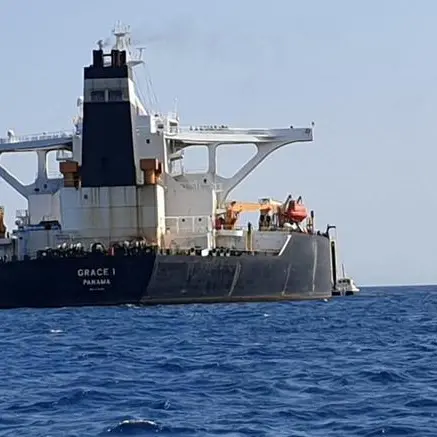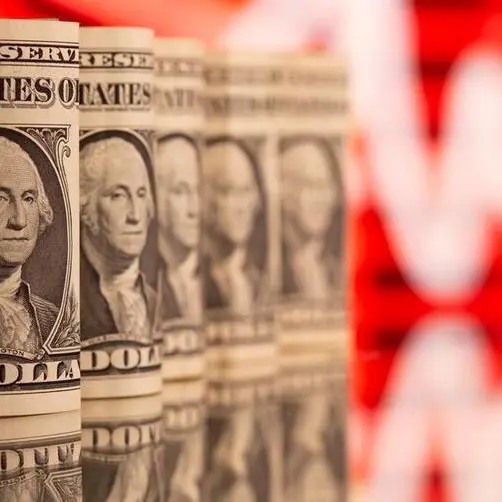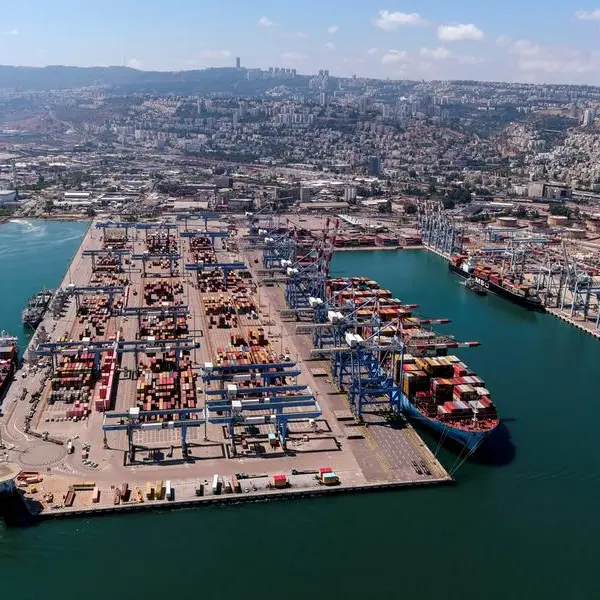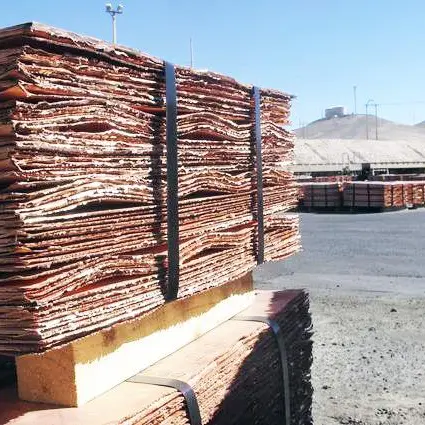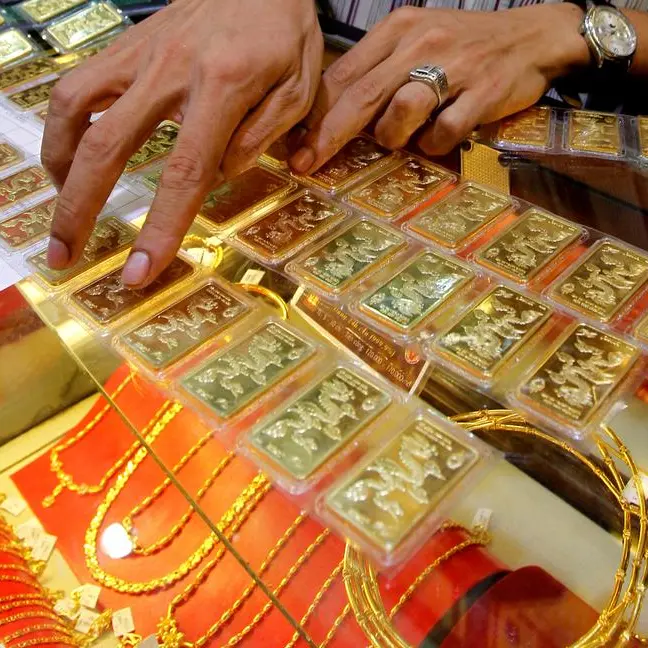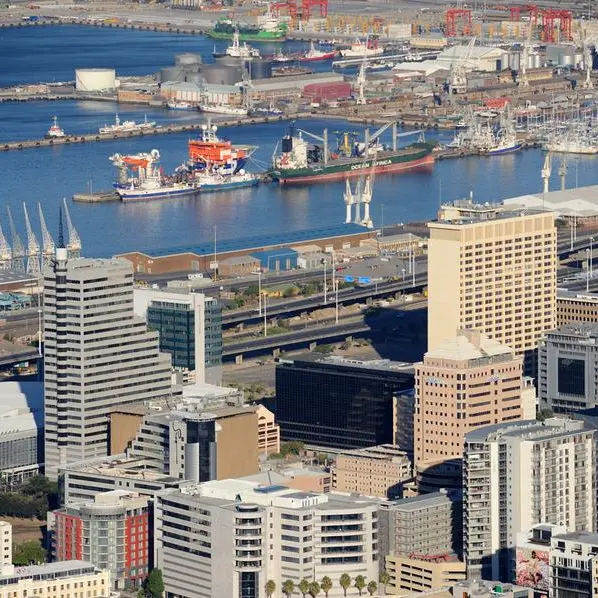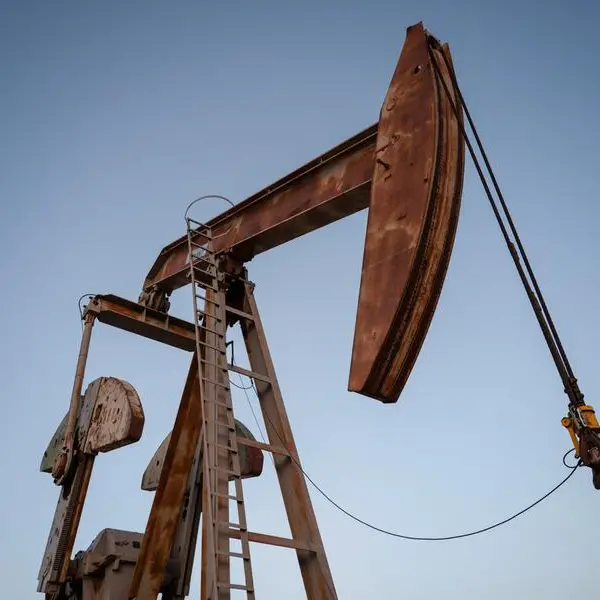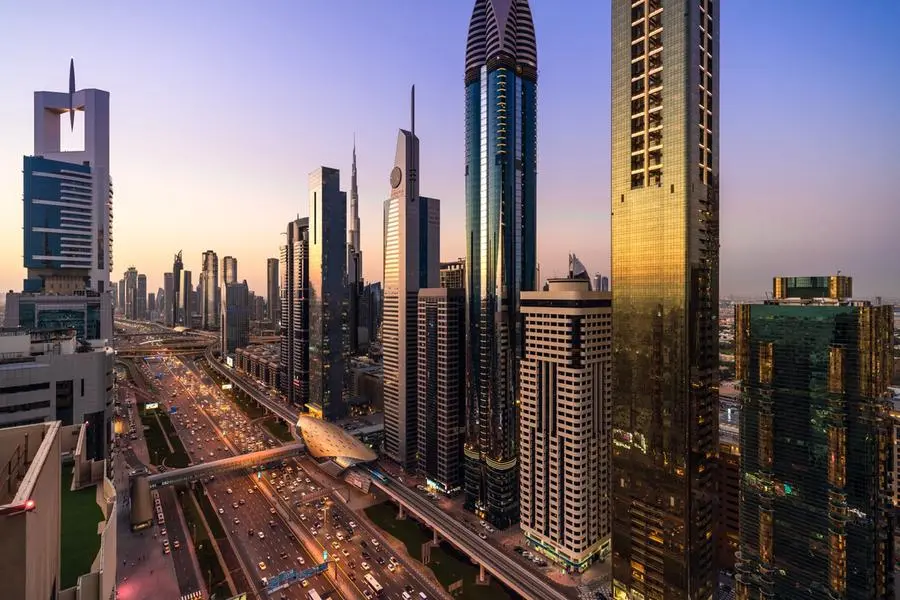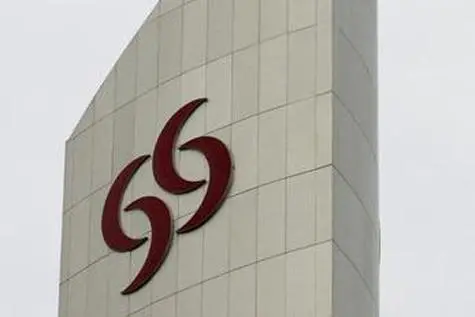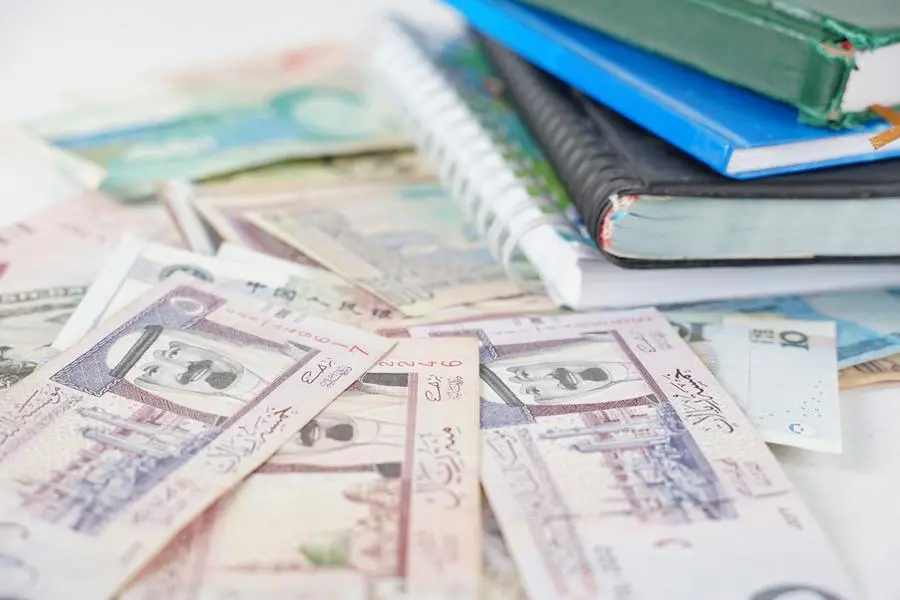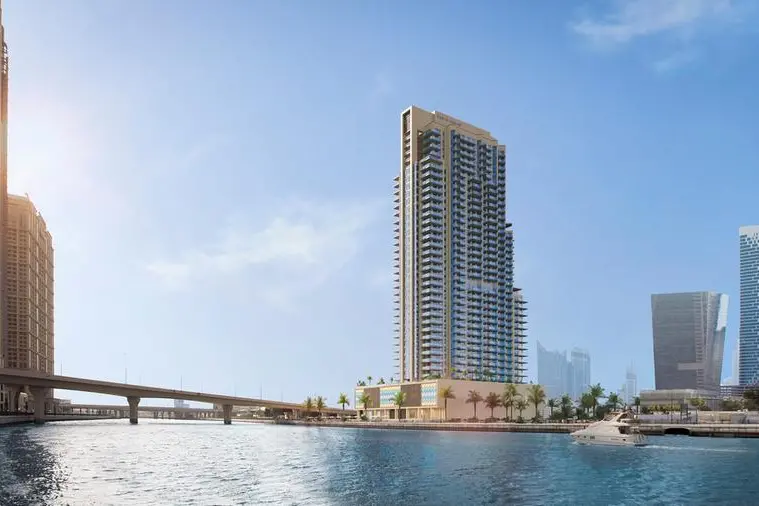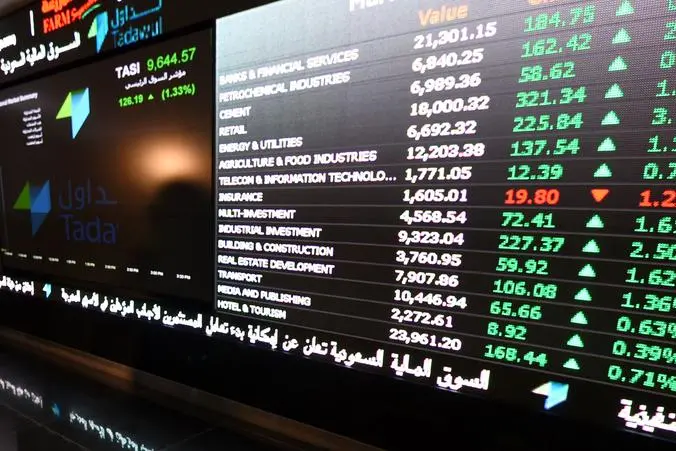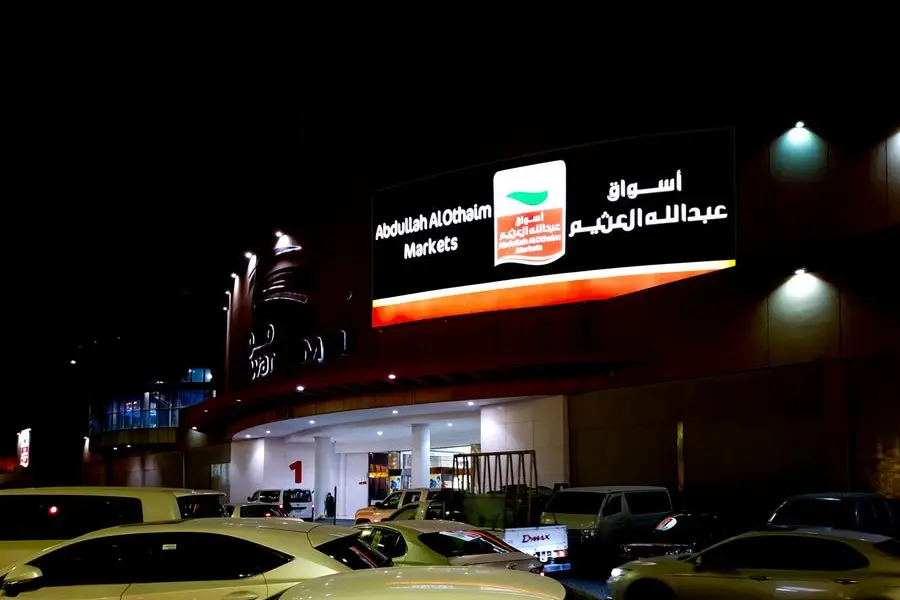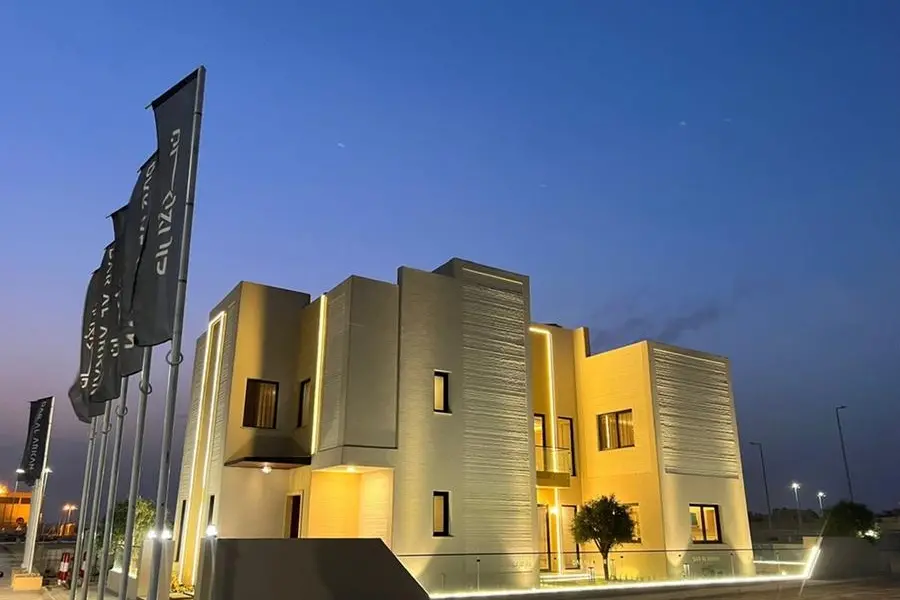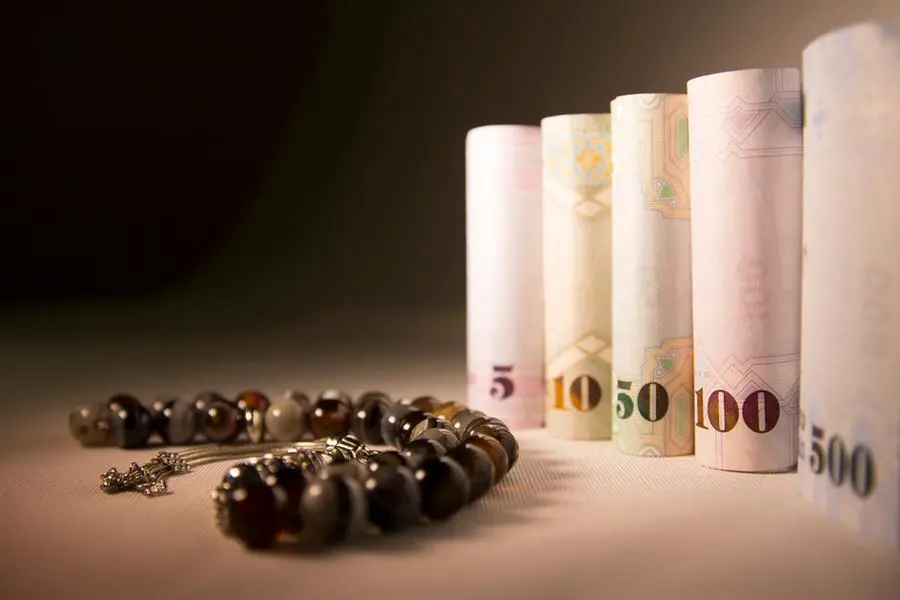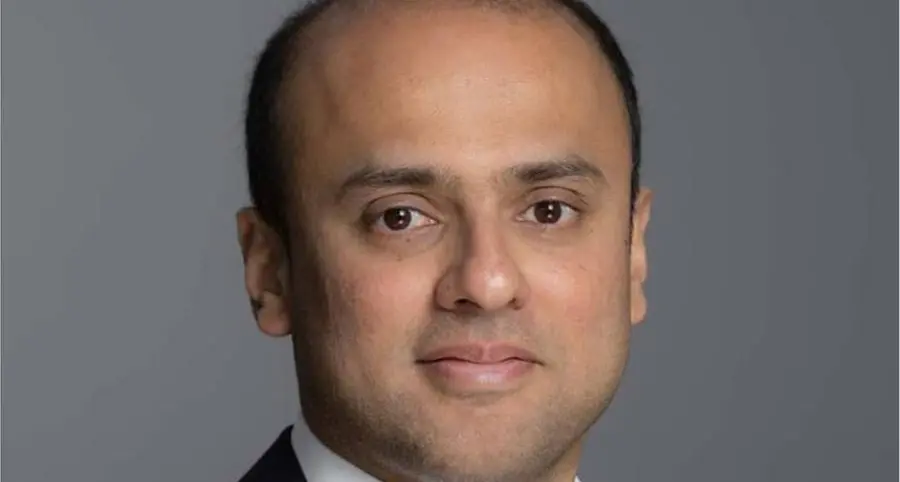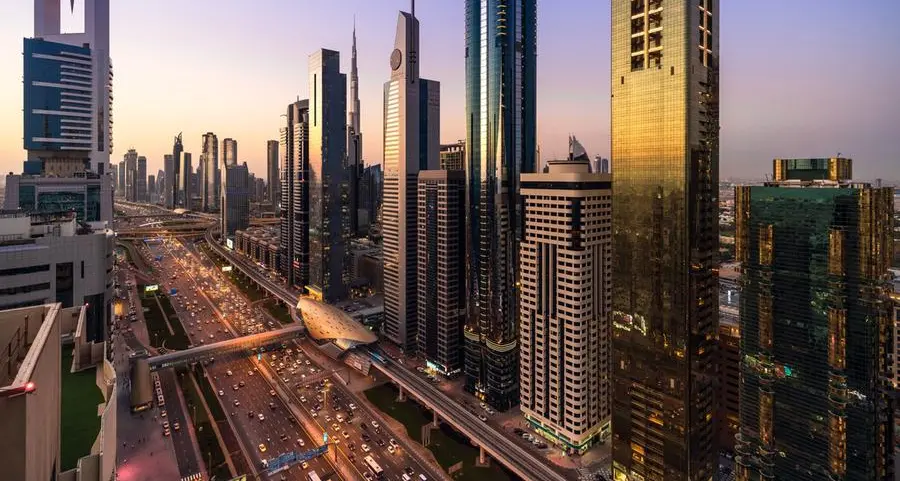Saturday, May 14, 2011
Gulf News
Abu Dhabi Thousands of newly planted mangroves on Sir Baniyas Island are in commemoration of each visitor to the island.
The planting will continue until the number of visitors and plants matches. So far 48,000 Grey Mangrove Avicennia Marina were planted in the past two years. Guests are generally touched that a tree will be planted to commemorate and offset the environmental impact of their visit.
“Some people seem surprised that we do this. But we really do, we count up the names and messages [of visitors] and then plant that much mangroves the following season,” a senior official told Gulf News recently.
“Although we can’t name each individual mangrove, we do know when each batch was planted, so when guests return they can be shown the location of those mangroves and even get a picture with the mangrove forest they helped to create,” explained Nasser Al Shaiba, head of environmental department at Tourism Development and Investment Company (TDIC).
“We receive a lot of colourful messages from visitors but our favourites include: “May you grow strong and protect the island for the future” and messages mentioning Shaikh Zayed “Thank you father Zayed”, Al Shaiba said.
Sir Baniyas Island, developed by Abu Dhabi-owned TDIC, is a nature reserve. Spanning over 87 sq km, the natural island is located 250km from Abu Dhabi.
TDIC started planting the mangrove for each visitor since the Desert Islands Resort and Spa by Anantara started taking guests two years ago.
About 34,000 people visited the island in 2010 and 29,931 guests of 47 nationalities in 2009. “With the completion of our two new lodges, equestrian, conference and water sports centres expected in November 2011, we expect more guests,” he said.
Among Avicennia Marina’s adaptations are aerial roots that stick out from the mud, which allow it to breathe, and pores along its leaves through which it secretes salt.
It is the only species that grows in the UAE and is threatened by development and climate change. Mangroves can resist conditions such as strong tides, salty water and soils poor in oxygen which kill other plants. Also known as the sea forest of Arabia, they thrive in those conditions.
There are large mangrove nurseries located in the lagoon next to the hotel which is raising hundreds of mangroves seedlings for planting. The project will continue as long as there is room for more mangroves to be planted, the official said.
The mangroves on Sir Bani Yas Island provide shelter which helps in fish breeding.
48,000
Avicennia Marina planted in two years
34,000
visitors to Sir Baniyas Island in 2010
87
area of Sir Baniyas Island in square kilometres
Novel campaign
Mangrove saplings being planted. The Avicennia Marina’s aerial roots allow the plant to breathe. Pores on its leaves let it secrete salt.
Supplied picture
Rich biodiversity of mangrove forests
Abu Dhabi
Mangrove lagoons on the Islands are home to a wealth of animal and plant life. Marine life includes stingrays, a number of jumping fish varieties. There is a wealth of birdlife and even gazelles can often be found wading through the shallow waters nibbling at the young mangrove shoots.
The most common species found in mangrove forests cannot
be seen with the naked eye and it cannot be seen during the day. This very special species of phosphorescence plankton can be spotted on a dark night, glowing and lighting up the fish as they swim below. Visitors to the lagoons at night will be mesmerized by the eerie green glow.
-B.A.K
Migratory Birds
Migratory birds were attracted since Late Shaikh Zayed started planting mangroves back in 1970s and 80s. The local and migratory bird populations have exploded. A number of different birds which were never seen on the island earlier, now call it home. For some birds it is a stopping off point on the migration route.
The protected lagoons allow small shrimp to thrive and this attracts the resident flamingos. Majestic Ospreys can also be spotted fishing in these waters.
Forestation on Sir Baniyas
Abu Dhabi
The forestation policy on Sir Ban Yas Island is not to remove trees and if they must be removed, they will be carefully extracted from their location and replanted.
Over 400 trees have been relocated since development started on the island for various reasons including building of the new developments, roads or animal habitats. The local native trees, such as the Ghaf are especially prized and these are kept in the island tree bank for use in the upcoming developments.
Numbers
34,000 people visited the island in 2010
29,931 guests of 47 nationalities visited in 2009.
48,000 mangroves planted in two years
87 square kilometers –area of the island
400 trees relocated on island
(END)
By Binsal Abdul Kader?Staff Reporter
Gulf News 2011. All rights reserved.
